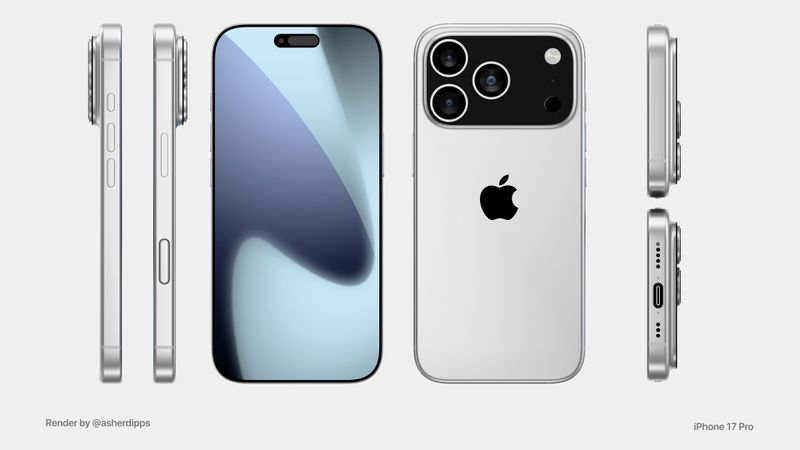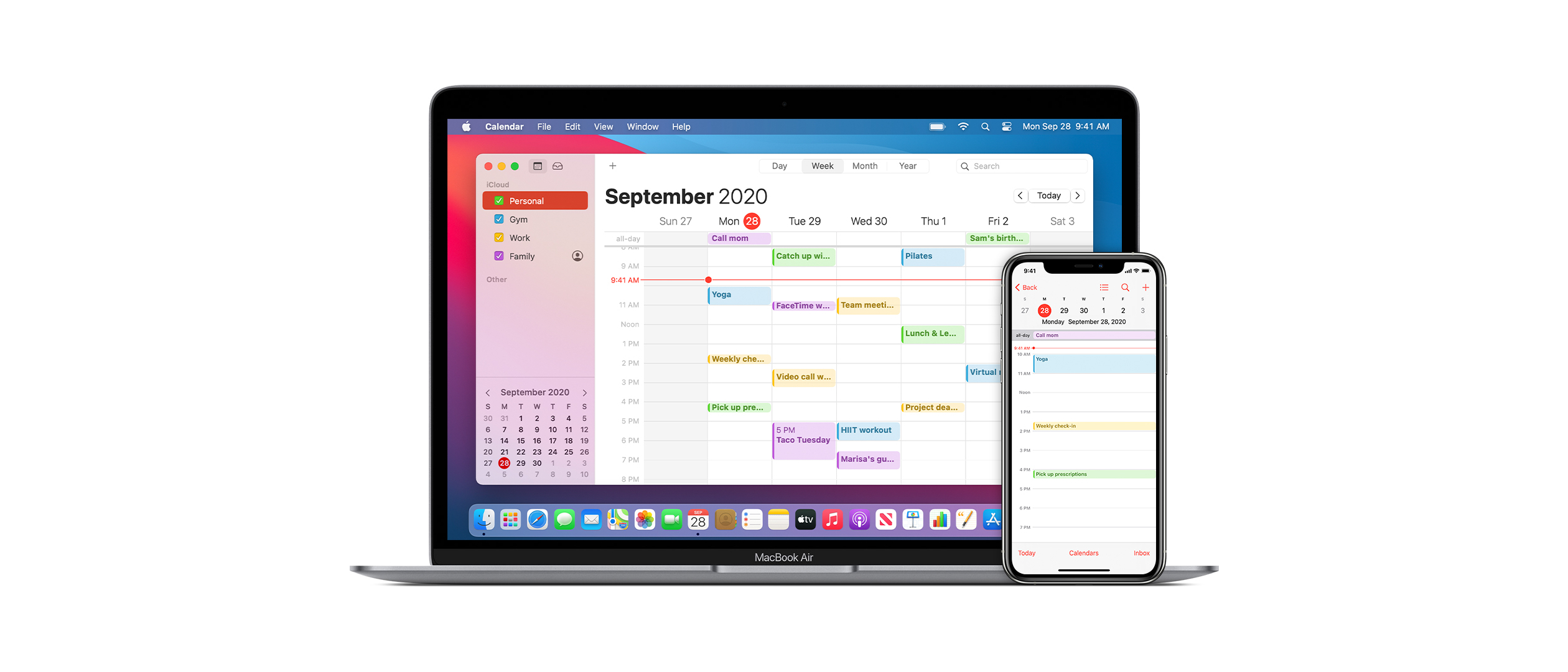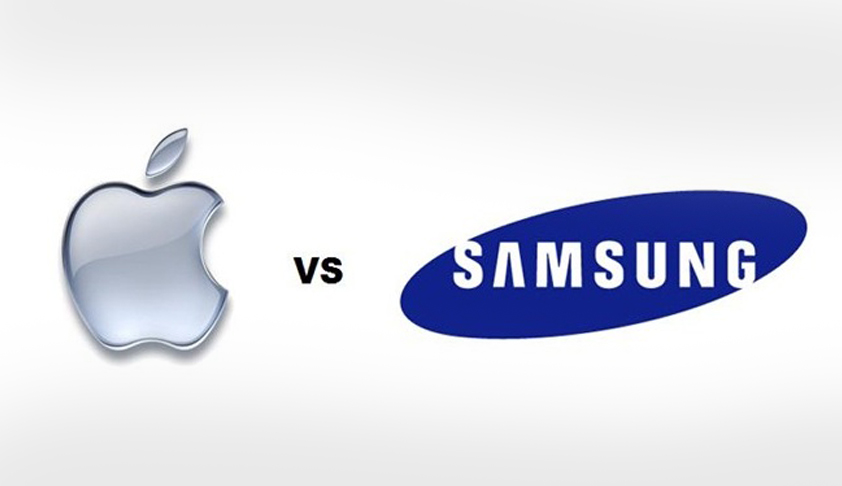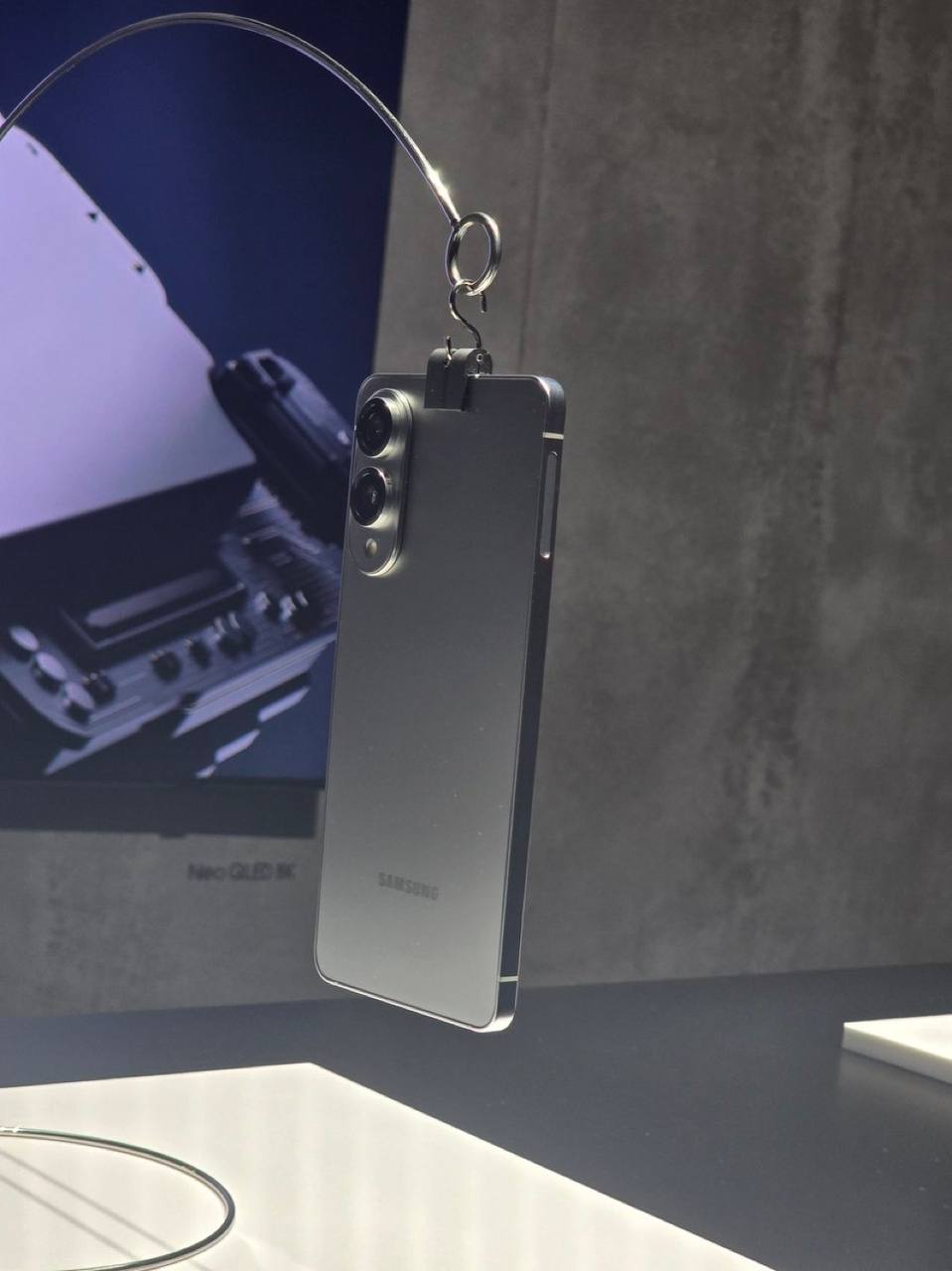Abode, a company known for its easy-to-use smart home security system that works with Apple’s HomeKit, just rolled out a fresh app for Apple TV. This brings all their security tools and smart home controls right to your TV screen. I’ve been using Abode’s setup for over four years and really love what they offer.
With this new app, Abode users can turn their security system on or off, watch live video from up to four Abode cameras, and look back at saved clips—all without leaving the sofa. The app’s look and feel match the one on your iPhone, so it’s super simple to use and manage your gadgets without digging for your phone.
One cool perk comes with Abode’s 24/7 recording option. If you’ve got it turned on, you can scroll through hours of video or skip to important moments right on your Apple TV. So, if a motion alert pops up during your favorite show, you can check it out instantly—no iPhone needed. Plus, if you use Abode CUE for smart home tricks, you can tweak certain devices straight from the app’s main screen.
As an Abode user myself, I love how this app lets you check your security from almost any device—iPhone, iPad, Apple Watch, and now your TV. The design stays the same across all these, which keeps things familiar. The Apple TV app store doesn’t get many new apps beyond streaming ones, so it’s exciting to see Abode step up with something fresh.
Abode plays nicely with HomeKit too. You can control the system through Apple’s Home app, but the real win is how Abode’s sensors—like ones for doors, windows, or motion—work as HomeKit devices. This lets you add them to HomeKit scenes and automations for extra convenience. Want to know more? Check out Abode’s blog about their new Apple TV app (and an updated Google TV one too), or grab an Abode starter kit on Amazon.






